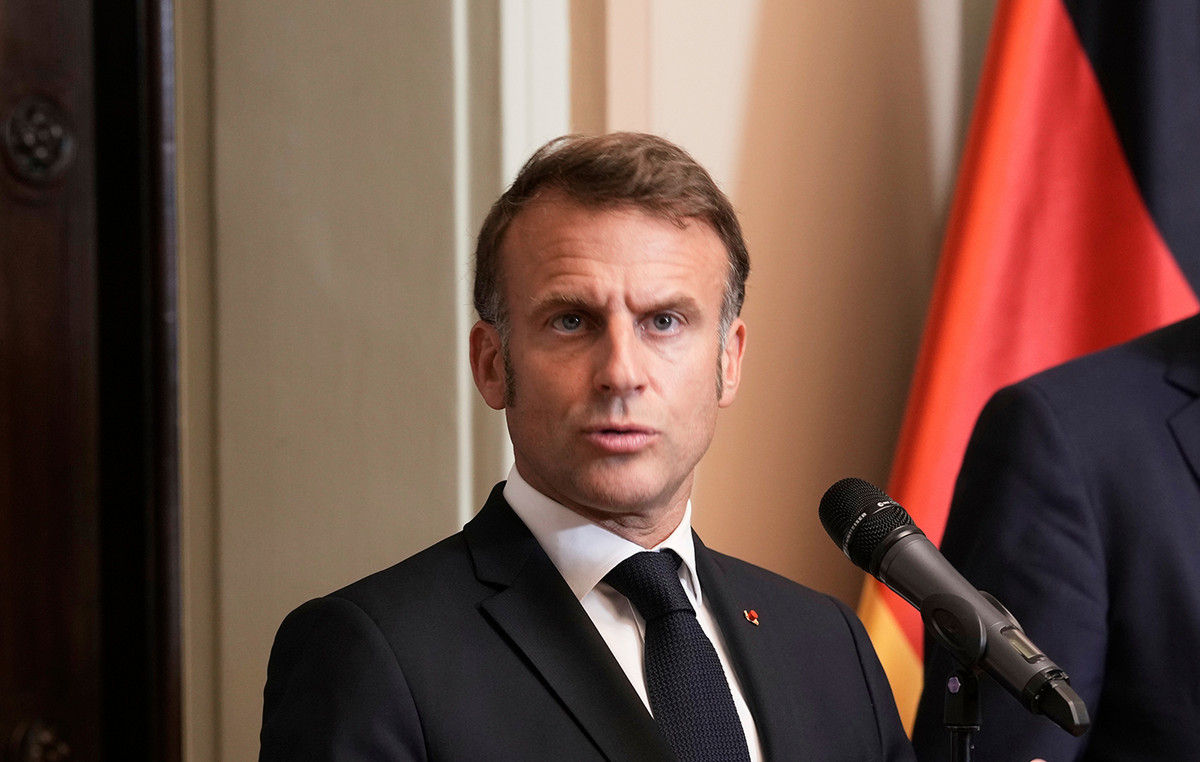- EUR/GBP is trading with slight losses around 0.8310 in the early European session on Thursday.
- BoE chief economist Pill was cautious about rate cuts.
- The ECB’s Rehn said the December cut is likely with disinflation underway.
The EUR/GBP cross is trading with a slight negative bias near 0.8310 during the early European session on Thursday. Preliminary Eurozone Gross Domestic Product (GDP) data for the third quarter (Q3) will be published later on Thursday. Bank of England (BoE) Governor Andrew Bailey and European Central Bank (ECB) President Christine Lagarde are scheduled to speak later the same day.
The UK unemployment rate rose more than expected to 4.3% in the three months ending in September, weighing on the British Pound (GBP). “The higher (UK) unemployment rate could cause the market to start pricing in a higher likelihood of a rate cut by the Bank of England (BoE) next month,” XTB analysts noted.
However, Bank of England chief economist Pill remains cautious, saying wage growth “remains quite persistent” at elevated levels and is “difficult to reconcile with the UK’s inflation target”. Pill further stated, “We have seen substantial disinflation in the UK economy, and that has allowed monetary policy to be tightened.”
The BoE’s hawkish statements could limit the GBP’s decline for the time being. Traders await BoE’s Bailey speech on Thursday for some clues on the outlook for UK interest rates.
ECB policymaker Olli Rehn said on Tuesday that additional interest rate cuts are coming and the deposit rate could reach the so-called neutral level in the first half of next year. The expectation that the ECB is likely to make more rate cuts than the BoE could undermine the Euro (EUR) in the short term.
Markets have fully priced in a 25 basis point (bps) rate cut by then, as well as a nearly 20% chance of a move greater than 50 bps. Looking ahead, investors will be watching ECB President Christine Lagarde’s speech on Thursday.
Central banks FAQs
Central banks have a key mandate to ensure price stability in a country or region. Economies constantly face inflation or deflation when the prices of certain goods and services fluctuate. A constant rise in the prices of the same goods means inflation, a constant fall in the prices of the same goods means deflation. It is the central bank’s job to keep demand in line by adjusting its interest rate. For the largest central banks, such as the US Federal Reserve (Fed), the European Central Bank (ECB) or the Bank of England (BoE), the mandate is to keep inflation close to 2%.
A central bank has an important tool to raise or lower inflation: modify its reference interest rate. At pre-communicated times, the central bank will issue a statement with its reference interest rate and give additional reasons why it maintains or modifies it (cuts or raises it). Local banks will adjust their savings and loan rates accordingly, which in turn will make it harder or easier for citizens to make a profit on their savings or for companies to borrow and invest in their businesses. When the central bank substantially raises interest rates, we speak of monetary tightening. When you reduce your reference rate, it is called monetary easing.
A central bank is usually politically independent. Members of the central bank’s policy council go through a series of panels and hearings before being appointed to a position on the policy council. Each member of that council usually has a certain conviction about how the central bank should control inflation and the subsequent monetary policy. Members who want a very loose monetary policy, with low rates and cheap loans, to substantially boost the economy, while settling for inflation slightly above 2%, are called “doves.” Members who prefer higher rates to reward savings and want to control inflation at all times are called “hawks” and will not rest until inflation is at 2% or just below.
Typically, there is a chair who leads each meeting, has to create a consensus among the hawks or doves, and has the final say when votes need to be divided to avoid a 50-50 tie on whether to adjust current policy. The president will give speeches, which can often be followed live, communicating the current monetary stance and outlook. A central bank will try to push its monetary policy forward without causing wild swings in rates, stocks, or its currency. All central bank members will channel their stance toward markets ahead of a monetary policy meeting. A few days before a monetary policy meeting is held and until the new policy has been communicated, members are prohibited from speaking publicly. This is what is called the silent period.
Source: Fx Street
I am Joshua Winder, a senior-level journalist and editor at World Stock Market. I specialize in covering news related to the stock market and economic trends. With more than 8 years of experience in this field, I have become an expert in financial reporting.







